How do honey bees use pheromones?
PHEROMONES
I have recently read of pheromones affecting bee behavior. How do they affect bee behavior and are pheromones the same thing as what we used to call “queen substance”?
Pheromones have been defined by Dr. Michael Gary in The Hive and the Honey Bee as “chemical messengers” that are secreted externally and elicit behavioral or physiological responses. Queen substance, also known as 9-oxo-2- decenoic acid, is one of the best known of these pheromones and is produced in the mandibular glands of the queen bee. This powerful compound becomes spread all over a queen’s body, probably when she grooms herself and is groomed by her court of attendant worker bees. This pheromone is transmitted then from worker to worker, probably through food sharing, and, provided the worker bees receive adequate amounts of this pheromone, they are inhibited from a variety of activities such as construction of queen cells and other queen-rearing activities. This pheromone in adequate amounts also inhibits the growth of worker ovaries and serves as a chemical signal that attracts drones to virgin queens on their mating flights. Still other queen pheromones attract workers to the queen and stimulate feeding of the queen. When a colony fails to receive adequate amounts of these pheromones, as in the loss of the queen, the workers soon begin to rear a new queen, often within 5 or 6 hours.It has also been found that a cotton pad, saturated with this pheromone, inhibited queen-rearing activities in a queenless colony.

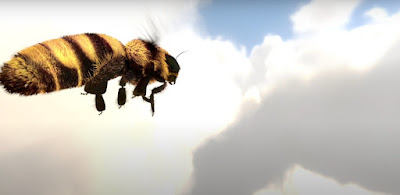

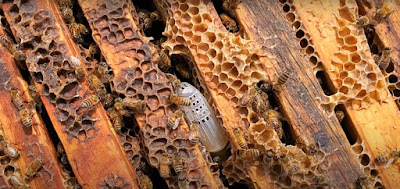
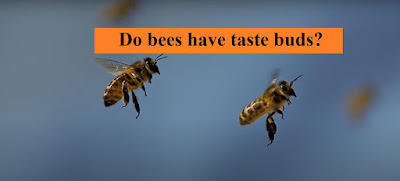

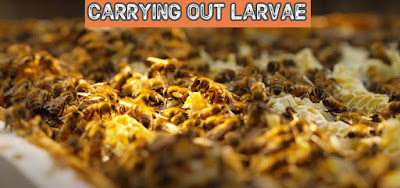
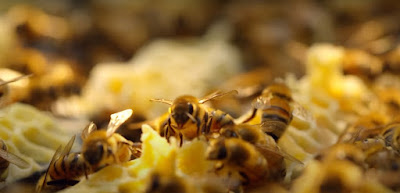

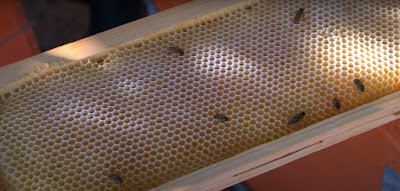

Comments
Post a Comment